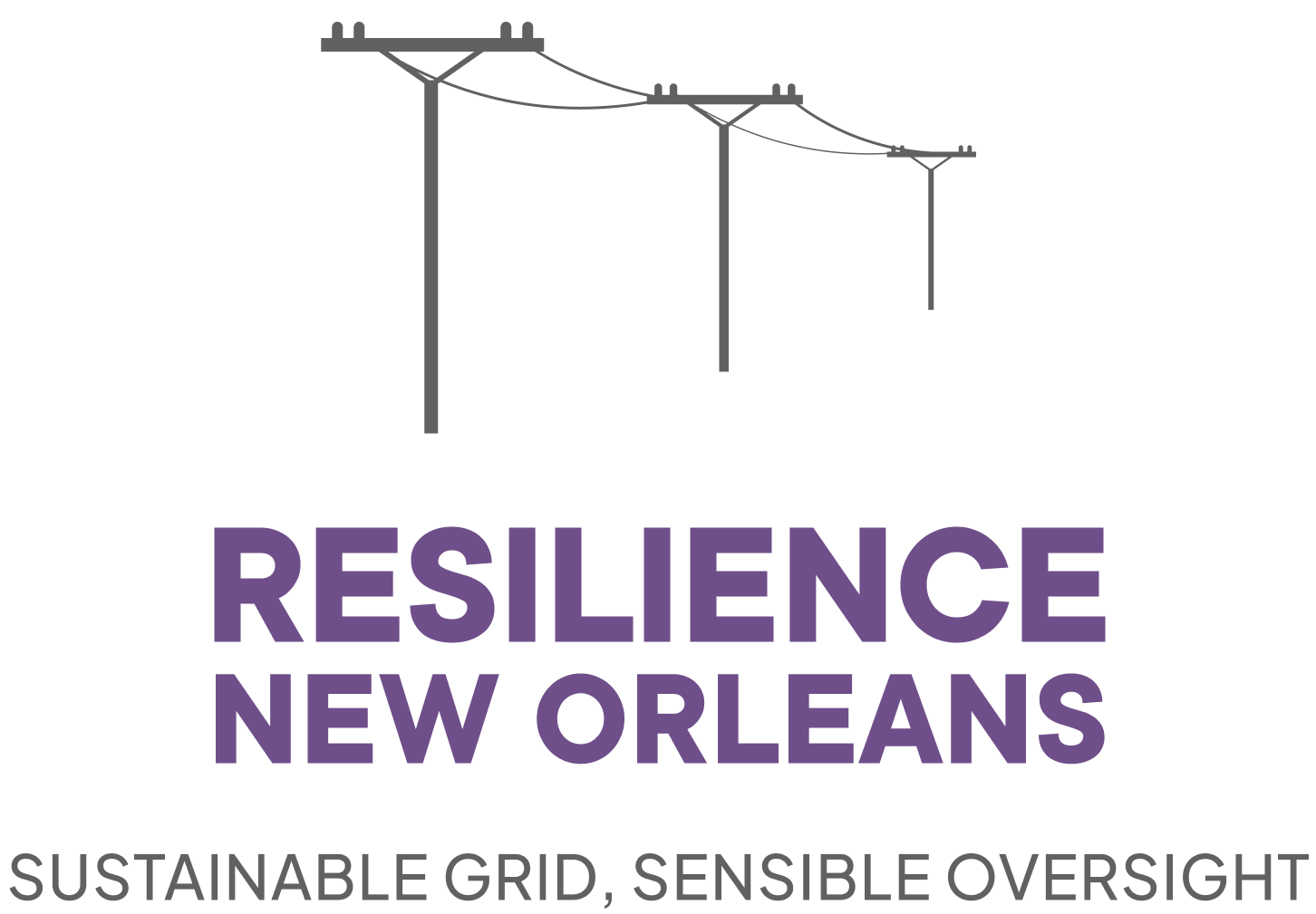This week’s technical conference on distributed energy batteries in New Orleans was packed with smart debates about cost-benefit ratios, equity, and bill impacts. But for me, the most eye-opening moments were about the technology hurdles hiding inside our walls.
So, here’s a “Today I Learned” roundup about what it really takes to put a battery on the house, and why it’s harder (and more important) than it looks.
TIL: Your Battery Needs a Brain
If you want your home battery (like a Tesla Powerwall or Enphase unit) to actually kick in during a blackout, it needs to be wired directly to your main electric panel. That means installing a “gateway”, basically the battery’s brain. To do that, electricians often have to rip out and rewire dozens of old connections in your electrical panel.
In older homes (hi, New Orleans), this can be brutal. A simple battery installation often becomes a $3,000–$5,000 main panel upgrade, especially if your wiring is outdated or packed too tight.
TIL: Meter Collars Save Loads of Money
There is a cool gadget called a “meter collar”. It is hardware that fits between your existing electric meter and the wall to avoid major rewiring or gutting. It’s like adding a smart adapter between your phone and the charger. This tiny tweak can save thousands in installation costs.
TIL: Adding a Battery to Existing Solar Isn’t Plug-and-Play
If you already have rooftop solar, adding a battery might seem simple. It’s not.
The two systems need to talk to each other, and not all inverters are compatible with storage. You may need to replace or upgrade your inverter, rewire circuits, and file new interconnection paperwork. In some cases, it’s easier to start from scratch than to retrofit.
TIL: Utilities Often Require Smart Inverters
Smart inverters are like traffic controllers for solar and batteries. They can help manage voltage, smooth out power flows, and avoid grid disruptions. They’re standard in most new systems.
TIL: Installation Costs Are Fixed—So Poorer Households Pay More (Proportionally)
It costs about the same to install a battery whether you’re backing up a mansion or a one-bedroom. That makes installation costs inherently regressive; they eat up a much bigger portion of the budget for lower-income households.
That’s why incentive design matters. If programs don’t account for soft costs (not just hardware), they effectively leave behind the people who could benefit the most.
TIL: Batteries Can Be Told What to Do, But We’re Still Figuring Out When and How
Under most utility-run programs, your battery doesn’t just sit there. It gets dispatched, i.e. told to charge up energy or discharge energy during grid stressors (like extreme heat when we all turn our AC’s on high).
Some programs call on batteries up to 60 times a year. Others hardly touch them. The rules for how much the utility will dispatch the batteries in the utility program is being hammered out.
The Implications
The promise of battery storage isn’t just about backup power for solar-powered households. It’s about smarter, cleaner, more resilient energy for all of New Orleans. Right now, the technical and economic frictions are being debated.
At Resilience New Orleans, we believe that clean energy should be as accessible as a light switch. That means spotlighting the small fixes and hidden tech hurdles that stand between families and the grid of the future.

